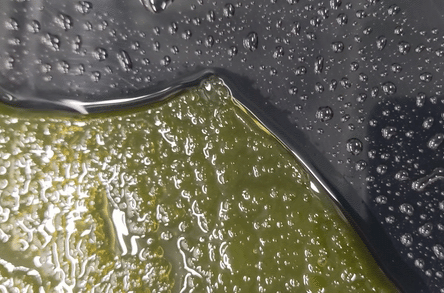6. BioFabricating Materials¶
Produce at least two grown and/or two crafted materials:
Grown materials - Grow a material, experimenting with at least 2 different recipes and variations thereof. Document the process, ingredients, changes, describe and compare the materials
Craft materials - Craft a material, experimenting with at least 2 different recipes and variations thereof. Document the process, ingredients, changes, describe and compare the materials
Document your recipes, the ingredients and process and if there have been changes, document your unexpected discoveries
Name your materials, classify them by typology and display them in a systematic order of samples. EXTRA POINT Submit some of your swatches to the analog material library of your lab. (20cm *20cm aprox)
Research¶
I have not used biomaterials at all and thought this could also be a good week to get some sewing skills. Mycelium growing is something that interests me a great deal as I used to work in the brewing industry and know that the spent grain is a potential food source for this to grow in. I am put off by kombucha purely as I always find the uncared for remains at my place of work at the end of each year.
The 3 materials I would like to experiment with are Sodium alginate, agaragar and an extrudable paste which could be used for 3D printing.
I found this very useful with good recipes for the sodium alginate. I would like to try the 3 basic recipe examples.





Agar agar see images on personal laptop.
sodium alginate and calcium chloride
- extrude into a calcium chloride gel
- https://v0ss3n.github.io/documentation/wetlab/2019/12/17/alginate-bioplastics-experiments.html
Egg shell 3d print material https://materiom.org/recipe/601